BS 5837 Tree Reports
BS 5837, the British Standard for trees in relation to construction, provides crucial guidance for arborists and professionals working at the intersection of tree management and construction projects.
This standard outlines the procedures and considerations necessary to ensure the preservation of trees on development sites while accommodating construction needs. In this comprehensive guide, we will delve into the key aspects of BS 5837 tree reports and their significance in the UK.
Understanding BS 5837:
BS 5837:2012, formally known as "Trees in relation to design, demolition and construction - Recommendations," is the definitive reference for tree surveying and assessment in the context of construction projects. Its primary aim is to balance the preservation of existing trees with the demands of construction, promoting sustainable development practices that respect the importance of trees in urban and rural environments.
Key Components of BS 5837 Tree Reports:
Tree Constraints Plan (TCP): A vital element of BS 5837 reports, the TCP illustrates the location and health of all trees on the development site. It identifies root protection areas, canopy spreads, and potential construction exclusion zones. This plan serves as the basis for decision-making during the project's planning and execution phases.
Tree Protection Plan (TPP): The TPP outlines measures to safeguard trees throughout construction, minimizing potential damage to roots, stems, and canopies. It includes guidelines for protective fencing, root barriers, and construction-free zones within the root protection areas to prevent detrimental impacts on tree health.
Arboricultural Impact Assessment (AIA): This assessment evaluates the potential impacts of construction activities on the health and stability of trees. It aids in identifying measures to mitigate adverse effects on trees, ensuring their long-term viability.
Arboricultural Method Statement (AMS): The AMS details how construction activities will be adapted to protect trees and their associated root systems. It provides a step-by-step plan to follow, addressing issues such as excavation near trees, soil compaction, and installation of services.
Tree Protection Measures: BS 5837 emphasizes the use of appropriate protection measures during construction, including physical barriers, fencing, signage, and ground protection to minimize disturbances to tree roots and soil structure.
Benefits of BS 5837 Compliance:
Environmental Conservation: By following BS 5837 guidelines, arborists contribute to the preservation of valuable trees within construction projects, maintaining biodiversity, enhancing air quality, and supporting the local ecosystem.
Legal and Planning Requirements: Many local planning authorities in the UK require compliance with BS 5837 as a prerequisite for obtaining planning permission. Adhering to this standard ensures legal and regulatory compliance.
Long-Term Tree Health: By implementing effective tree protection measures, arborists enhance the chances of trees surviving and thriving post-construction, contributing to a sustainable urban environment.
BS 5837 tree reports are a cornerstone of responsible development in the UK, striking a balance between construction requirements and the preservation of trees. Arborists play a pivotal role in implementing these guidelines, ensuring the coexistence of trees and construction projects while promoting environmental sustainability. By following the principles outlined in BS 5837, arborists contribute to the creation of harmonious urban spaces that value both nature and progress.
For more information or assistance with BS 5837 tree reports and arboricultural services, contact us today.




